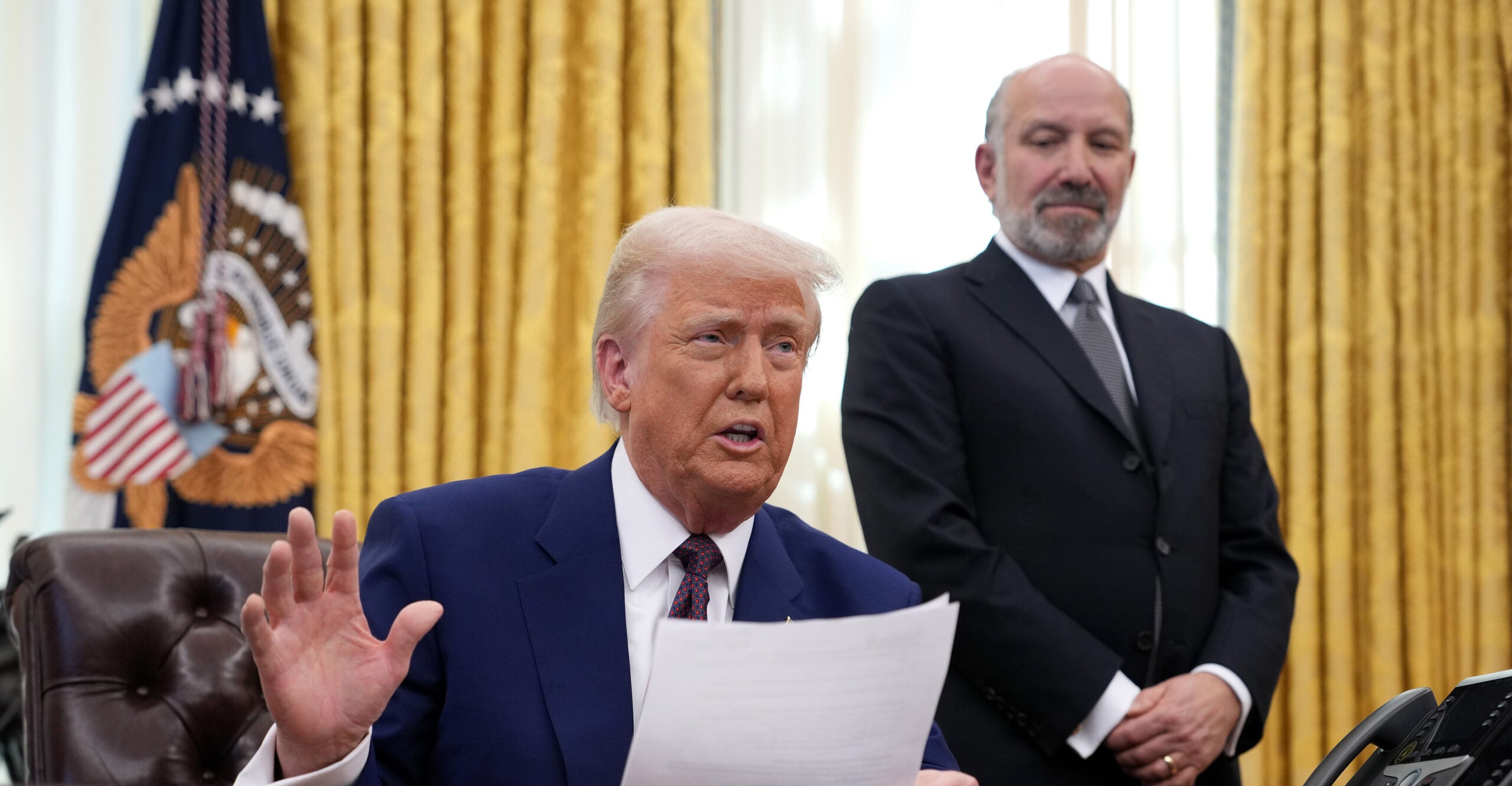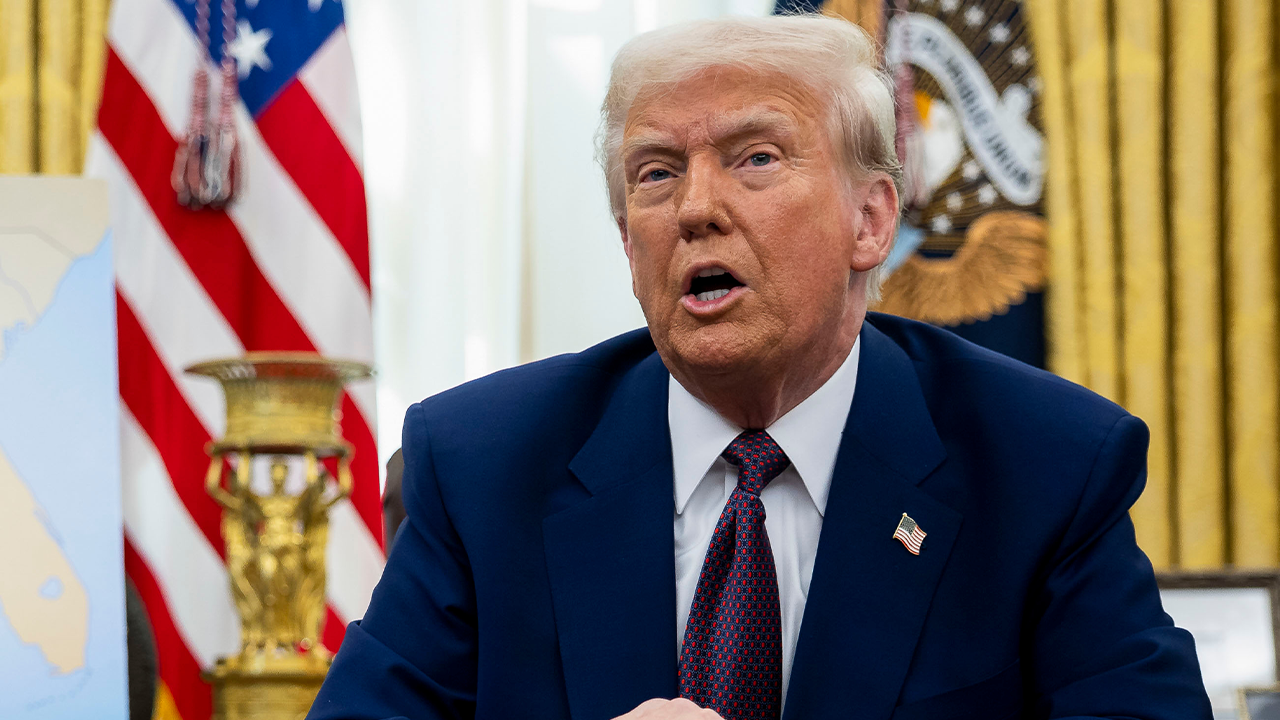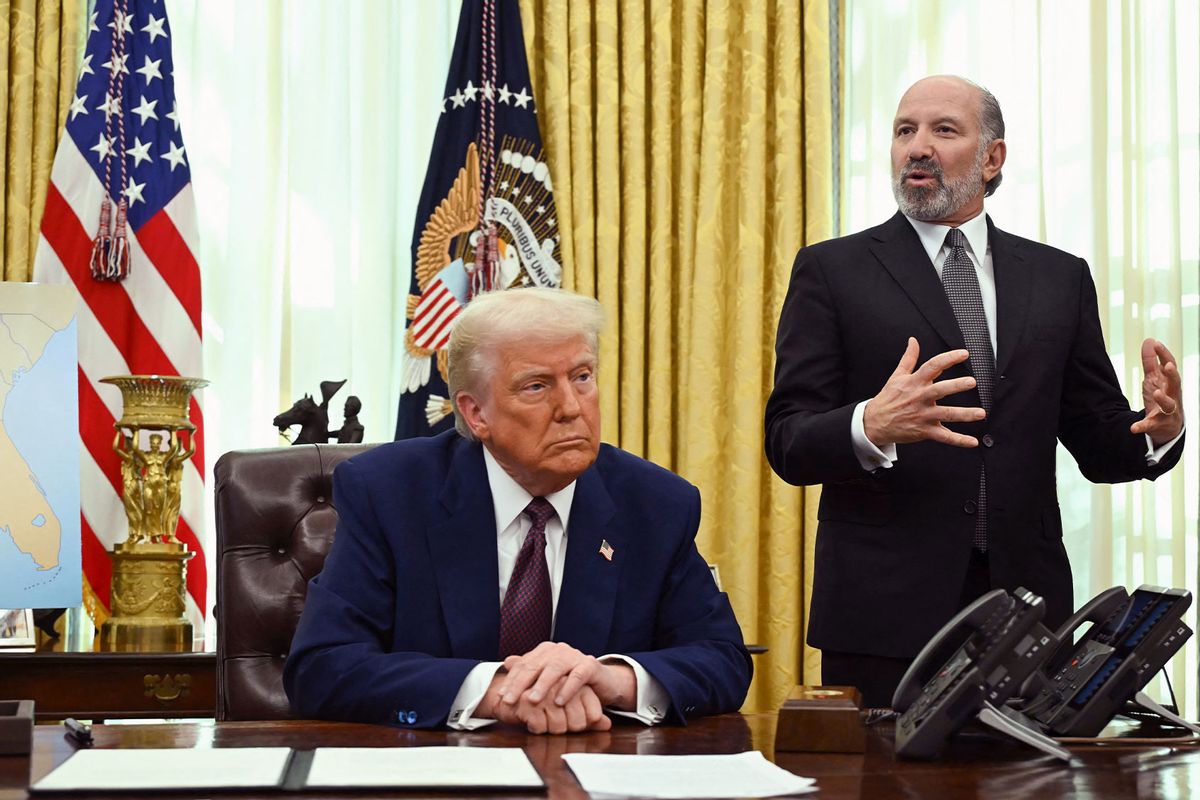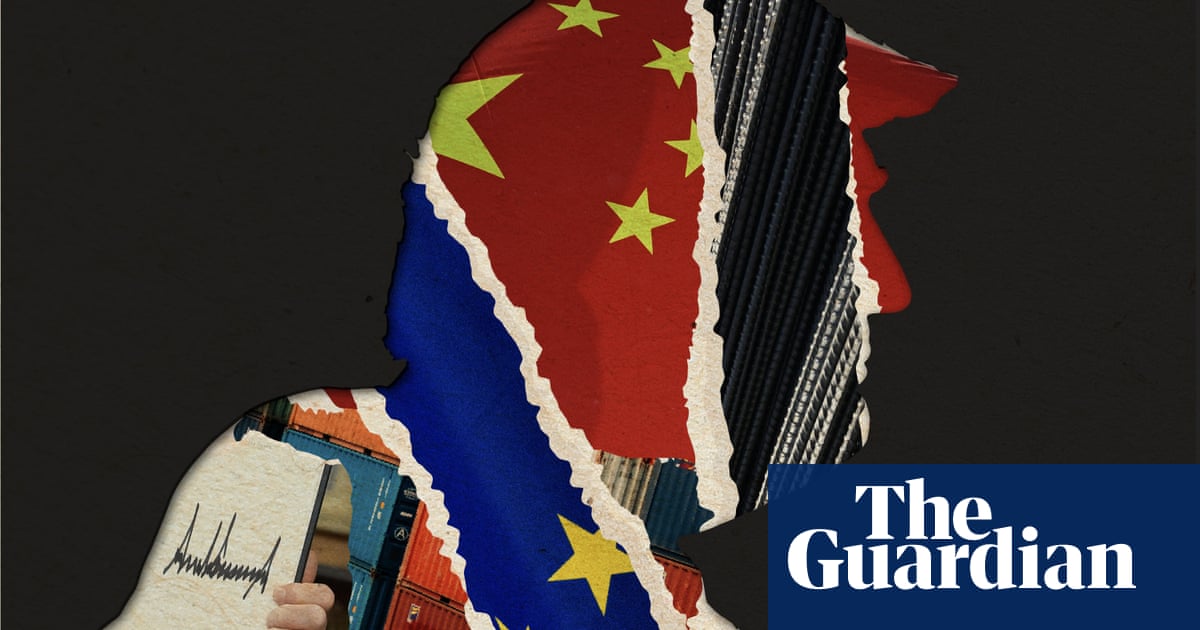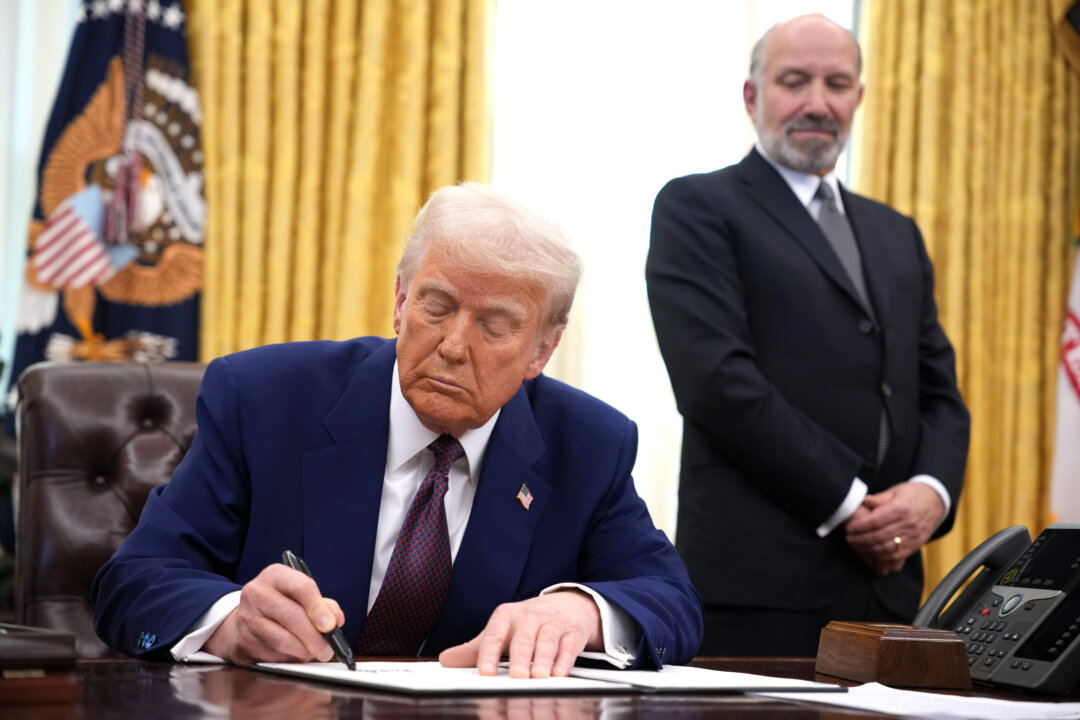Trump Signs Memo to Implement Customized Reciprocal Tariffs
President Trump outlines a plan for country-specific reciprocal tariffs, set to impact various industries and developing nations, with an evaluation by April.
Overview
On February 13, President Trump signed a memo directing his administration to develop customized reciprocal tariffs for U.S. trading partners. This approach is designed to match tariffs imposed by other countries, particularly targeting nations like India and Brazil. Secretary of Commerce Howard Lutnick indicated that a comprehensive report will be prepared by April 1 for the president's review, with tariffs expected to roll out thereafter. Critics warn that these measures may exacerbate inflation and stir retaliatory actions from affected countries. The memo raises concerns about potential economic repercussions for developing nations and the overall U.S. economy.
Content generated by AI—learn more or report issue.

Get both sides in 5 minutes with our daily newsletter.
Analysis
- Trump's new tariff plan could disproportionately hurt American consumers, raising prices on essential goods rather than the intended target of foreign trade practices.
- The push for reciprocal tariffs by the Trump administration is viewed as a simplistic approach, failing to address the complexities of international trade dynamics and the interconnected global economy.
- Critics argue this new wave of tariffs could initiate, or escalate, a broader trade war, harming economic recovery and leading to instability in global markets.
Analysis unavailable for this viewpoint.
- The executive order signed by Trump implements reciprocal tariffs aimed at addressing trade imbalances by matching import duties with those charged by foreign countries.
- Trump emphasizes that these tariffs are a corrective measure against longstanding trade inequities experienced by the U.S., potentially prompting foreign nations to lower their own tariffs in response.
- The administration's analysis suggests that while initial price increases may be experienced by consumers, the long-term effects may lead to job growth and reduced trade uncertainties.
Articles (31)
Center (19)
No highlight available for this article.
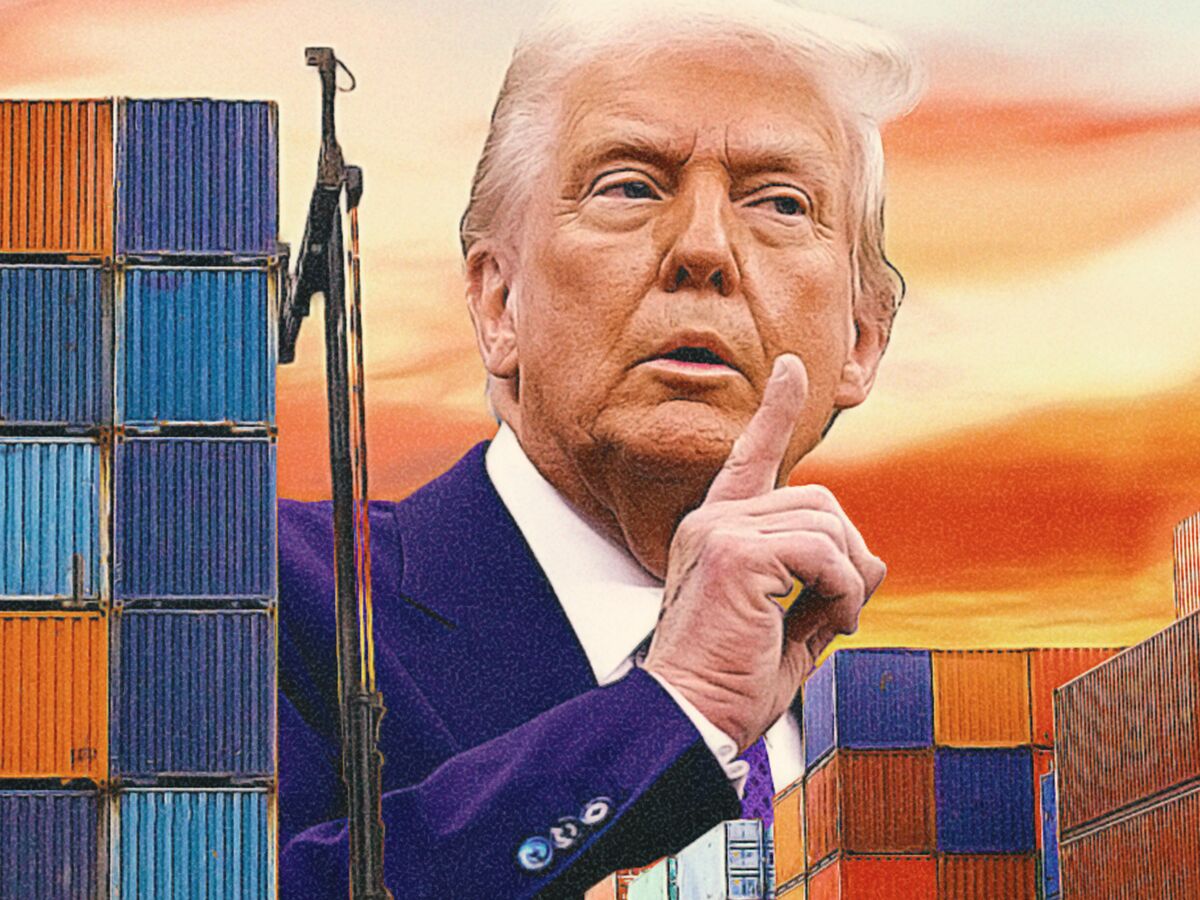
No highlight available for this article.
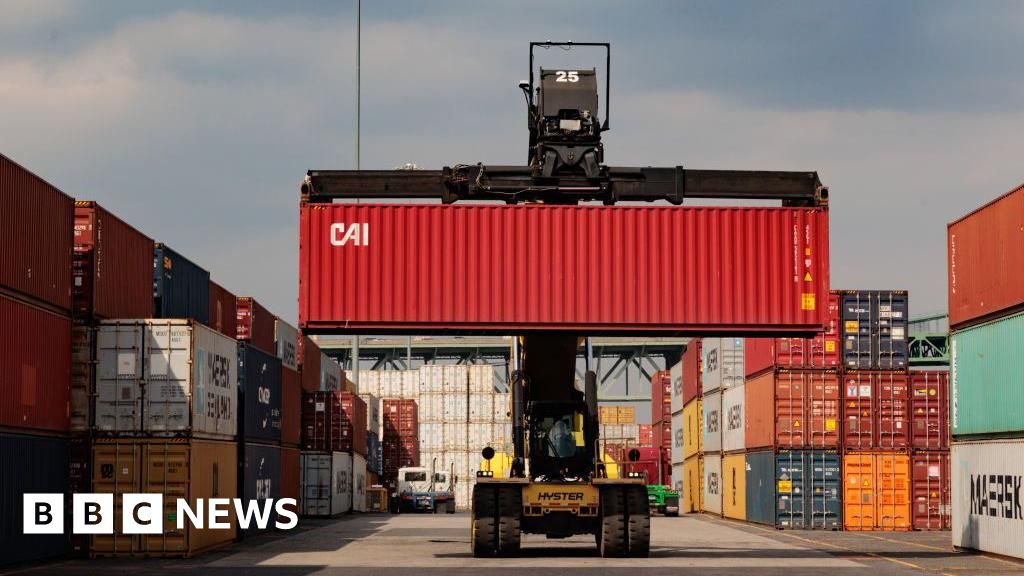
No highlight available for this article.
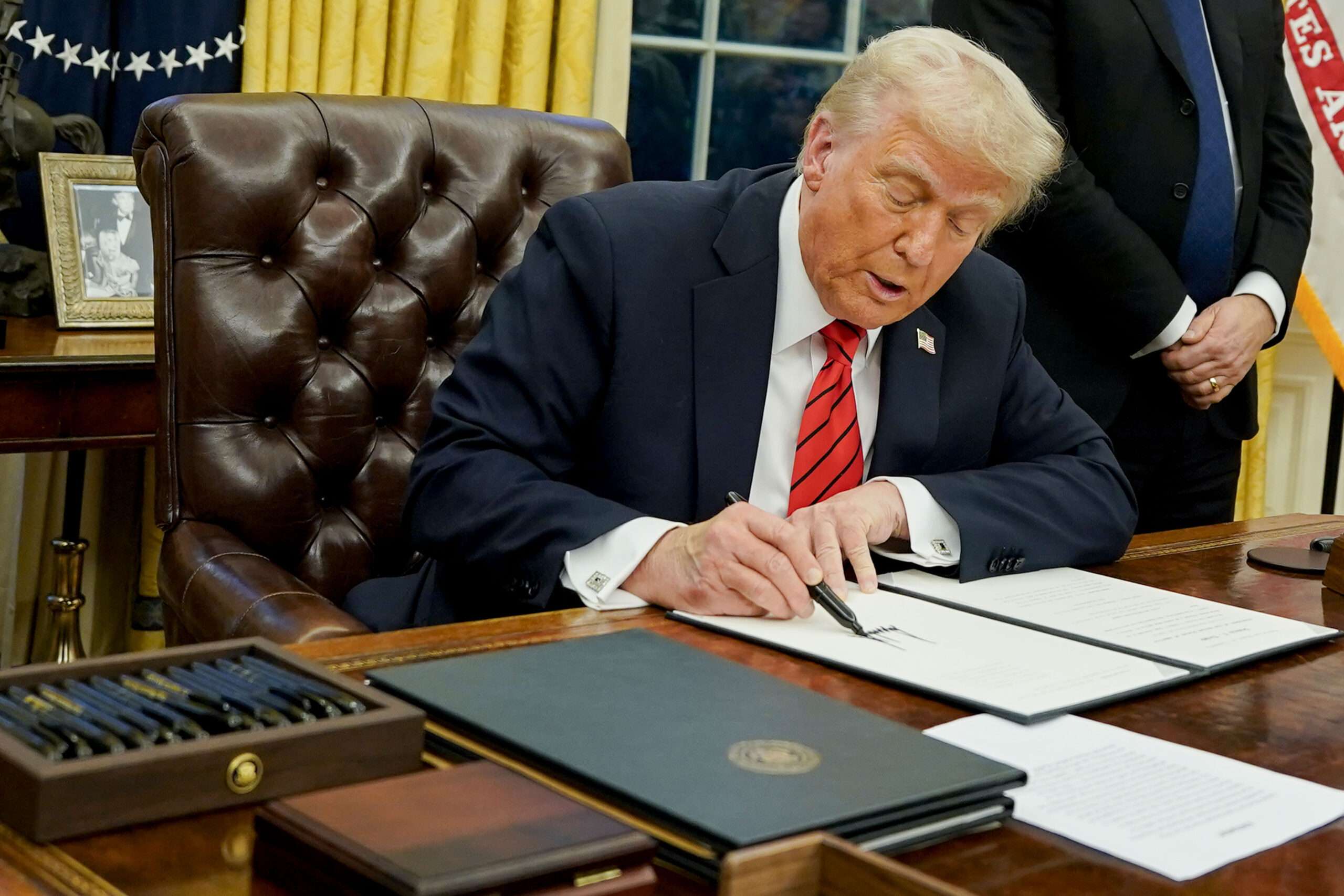
No highlight available for this article.

No highlight available for this article.

No highlight available for this article.

No highlight available for this article.
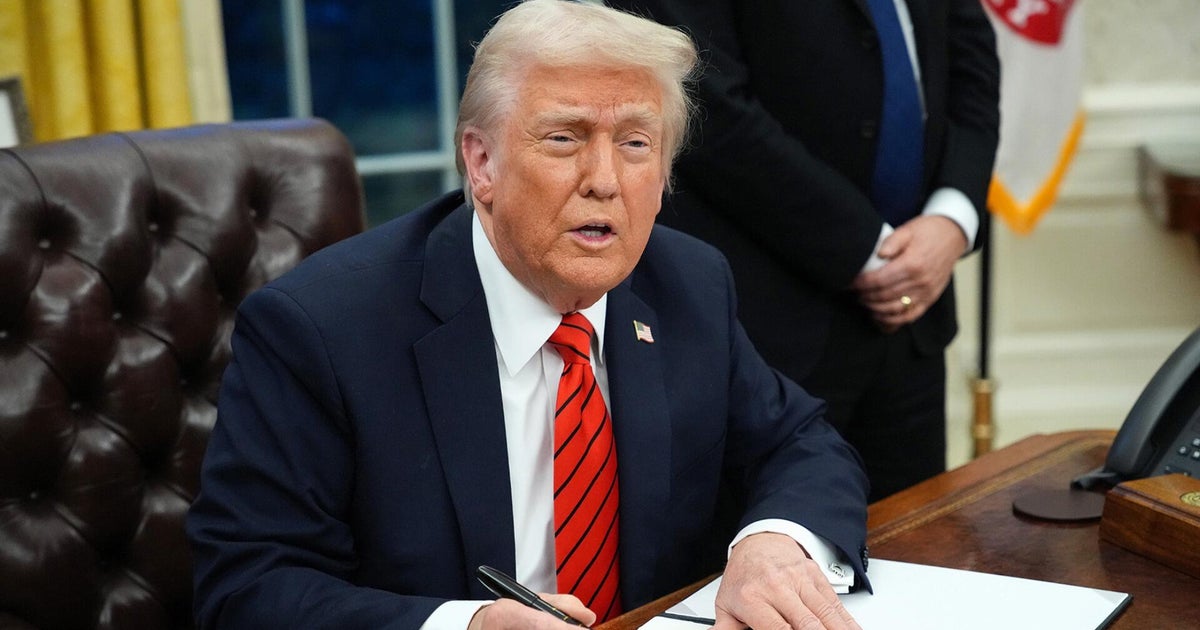
No highlight available for this article.

No highlight available for this article.
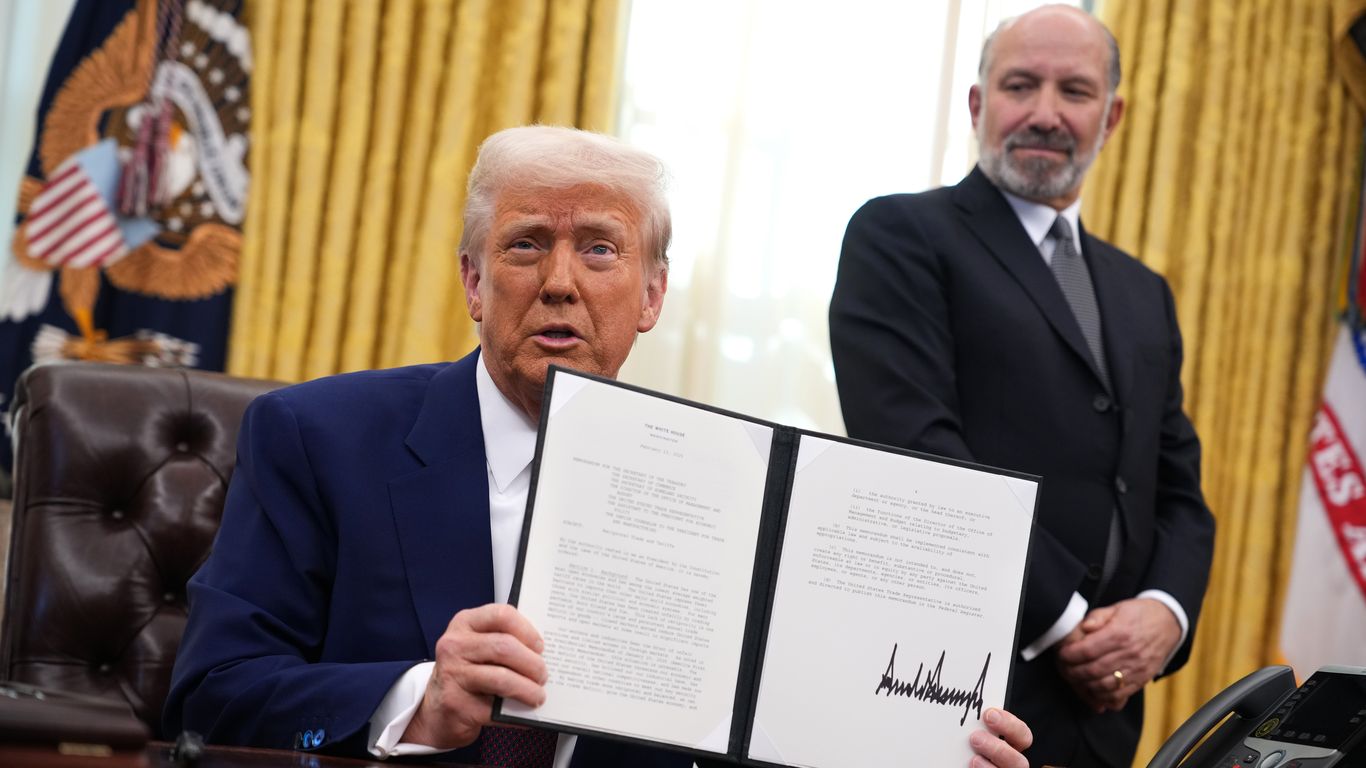
No highlight available for this article.

No highlight available for this article.
No highlight available for this article.

No highlight available for this article.

No highlight available for this article.

No highlight available for this article.

No highlight available for this article.

No highlight available for this article.
No highlight available for this article.
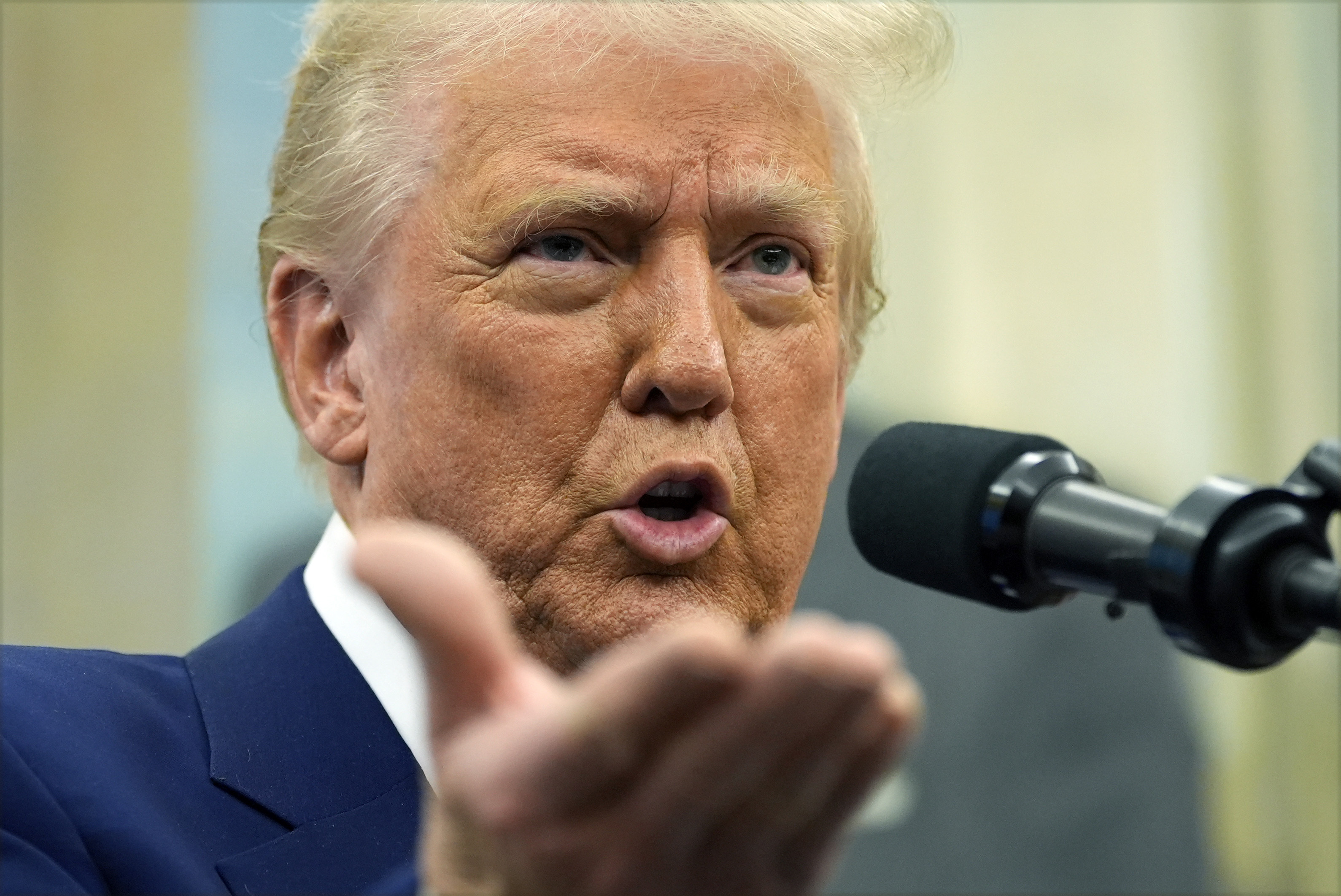
No highlight available for this article.

History
- 5M

 3 articles
3 articles
- 5M

 4 articles
4 articles
